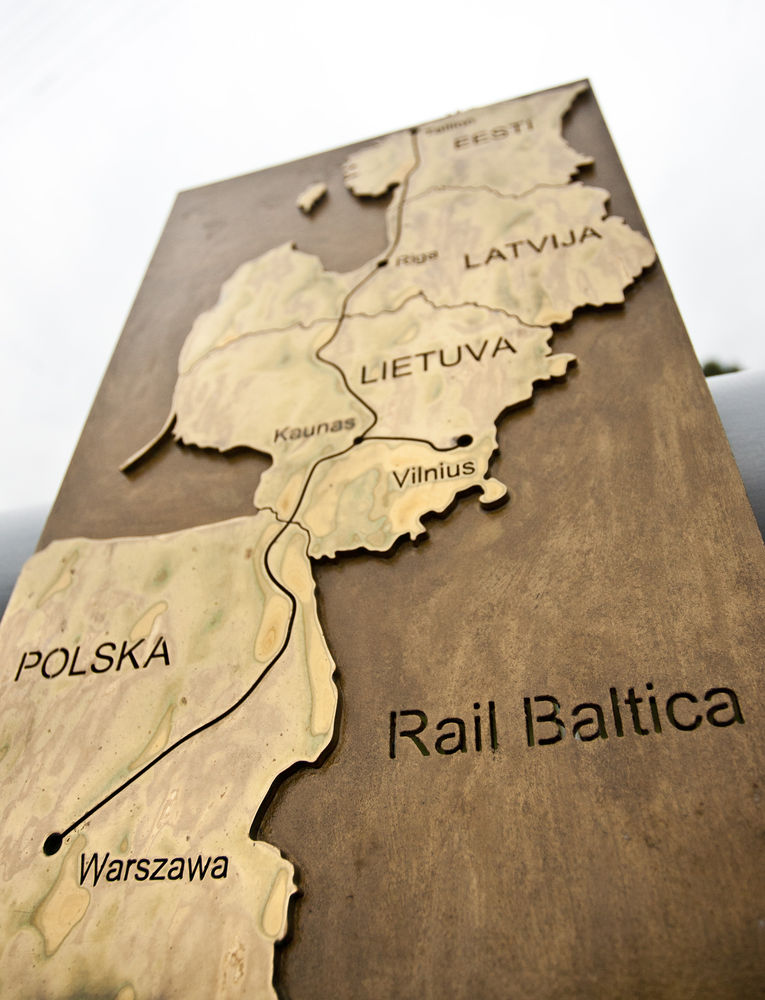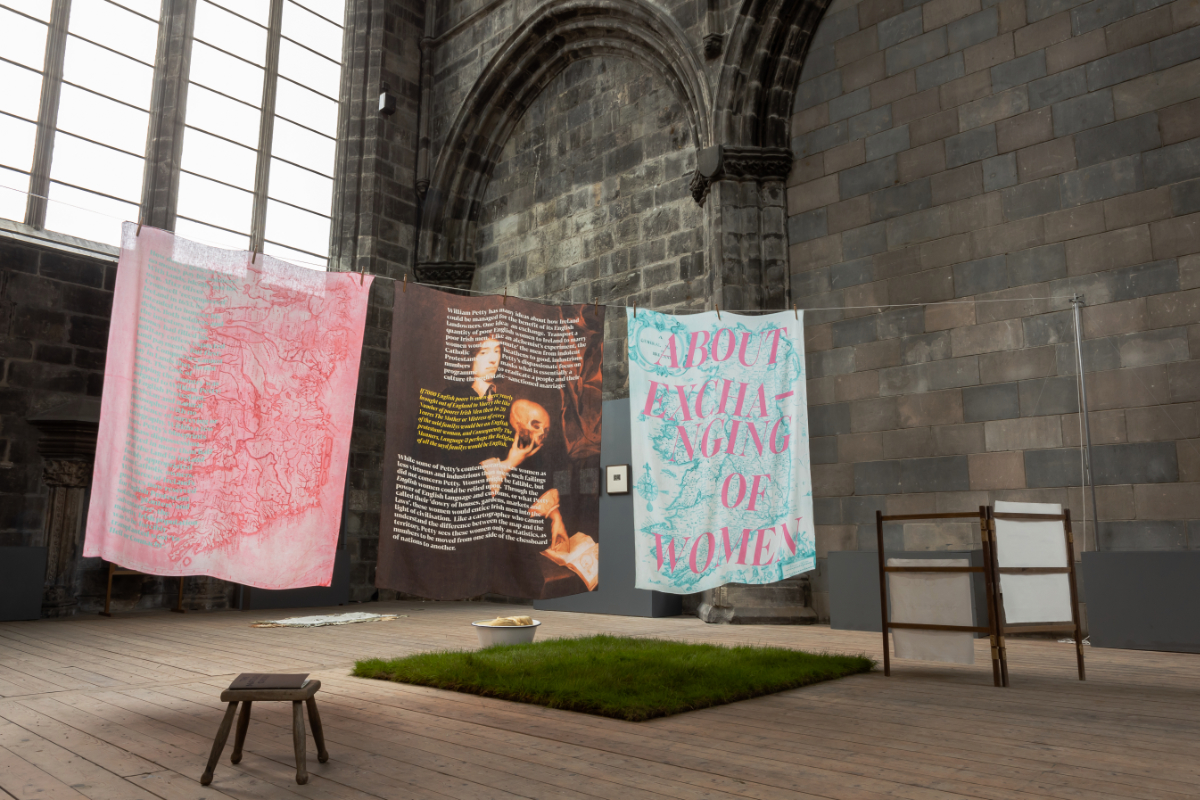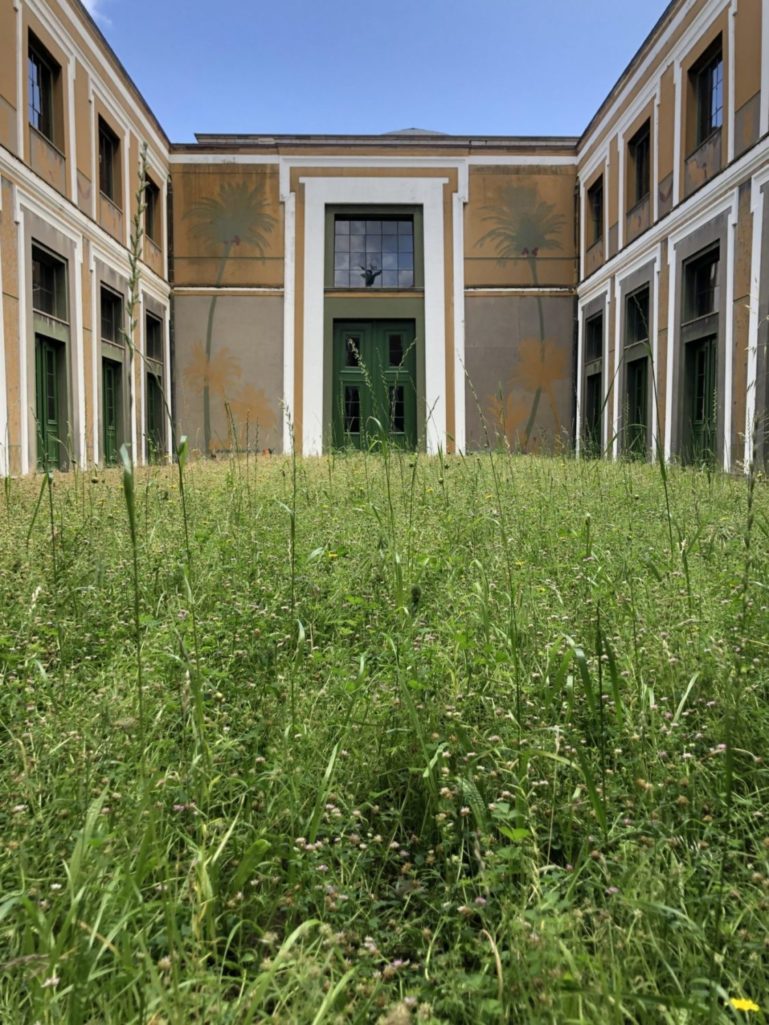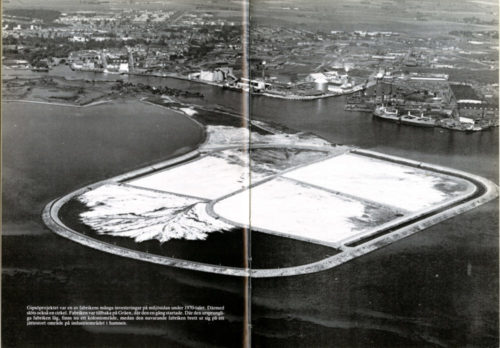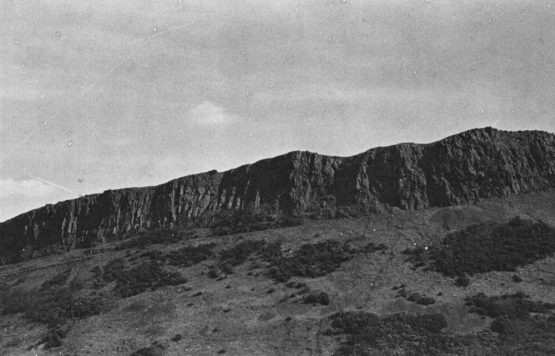On 23 August 1989, approximately two million inhabitants of the Baltic states linked hands in a human chain stretching 600km from Tallinn in Estonia to Vilnius in Lithuania.
The Baltic Way, as the event later became known, was an extraordinary display of unity by the people of Estonia, Latvia and Lithuania against the USSR on the 50th anniversary of the Molotov-Ribbentrop Pact, a settlement in which the Soviet Union and Nazi Germany agreed in secret on Soviet occupation of the Baltic states. Within seven months of this protest, Lithuania declared its independence from the Soviet Union; Latvia and Estonia had declared theirs by the end of 1991. And yet, in spite of 13 years of European Union membership, infrastructure in the Baltic states remains deeply interconnected with Russia. Electricity grids in the three countries are still synched with Russia and the region remains largely dependent on Russia for gas. While recent initiatives aim to shift the Baltic energy relationships from Russia to Europe by 2025, such plans are fraught with diplomatic difficulties, not least since the 2014 Russian annexation of Crimea in Ukraine.
Following Britain’s vote to leave the EU, the election of Trump in the USA, and the continued increase of nationalist voices in mainstream European politics, questions of national sovereignty and identity loom large in 21st century global discourse. It is a state of affairs that stands in stark contrast to Europe’s historical attempt to curb the power of nationalist sentiment following the catastrophe of two successive World Wars through the establishment of the Council of Europe in 1949 and later the European Union in 1993. If such attempts had at one time been perceived as successful – The Economist ran an article in 1995 with the headline, “The nation-state is dead” – a 2016 speech by UK Prime Minister Theresa May revealed the extent to which nationalist sentiment has resurfaced following the 2008 economic crisis. “If you believe you’re a citizen of the world, you’re a citizen of nowhere,” stated May. Yet, despite the numerous challenges to the EU’s ideals of economic integration and freedom of movement, significant financing is being applied to certain cross-national European projects that are intended to reinforce these ideals, perhaps none more significantly than in the Baltic region.
The Baltics’ relationship with Russia between the beginning of Soviet occupation in 1940 up to independence in 1991 has had a profound impact on the connectedness of the region. As in their northern neighbour, Finland, railways in the Baltic nations run on Russian gauge tracks of 1,520mm, rather than on the European standard gauge tracks of 1,435mm. The implications of this for transport infrastructure and forging European links are twofold. On the one hand, as in the relationship between a suburb and its inner city, rail lines from the Baltic cities all point east towards Moscow. Today, there is not even a direct rail connection between Tallinn and Riga, a city some 300km to the south in Latvia. On the other hand, even if there were a direct connection between the Baltic capitals Tallinn, Riga and Vilnius, that connection would be unable to link directly with a train coming from Poland to the south-west because of the difference between the Russian and European gauges. This is the situation that Rail Baltica, the largest infrastructure project ever undertaken by the European Union, aims to address. Rail Baltica is a proposed train network which intends to connect not only the three Baltic countries, but also link the entire region – from Poland and ultimately on to Finland, with the potential for an underwater tunnel to connect Tallinn and Helsinki – and better integrate it into the EU. Although the timeline for the project is long-term, with initial estimates of first tracks being laid in late 2018, the three Baltic countries signed an agreement on 31 January 2017, committing them to the project. Unofficial sources suggest the completion of the proposed “Talsinki” tunnel extension between Estonia and Finland could take place after 2030.
Given the region’s lack of an extensive rail network, one would assume that the project would be universally lauded. A complex political climate, however, coupled with a regional economy making slow, but incremental improvements in the aftermath of the 2008 economic crisis, means that not all have welcomed the new train line. Arguments in favour of Real Baltica hold that greater integration of the Baltic States into Europe is needed, and focus much of their rhetoric on passenger mobility. Critics, however, argue that the project is more closely concerned with the importance of movement of goods and regional economic competitiveness, privilidging global capitalism over human-scale utility. Security concerns with respect to neighbouring Russia play another role, with arguments having been put forward that the new train network will support the rapid deployment of European forces across the continent. In a January 2017 interview with Eesti Päevaleht, an Estonian daily newspaper, Lt. Col. Vahur Karuse of the planning division of the Estonian Defence Forces underlined the importance of the new railway for defence strategy, suggesting that the rail connection with Europe would allow troops and equipment to travel faster and more freely between Poland and the Baltic states. “Rail Baltica will enable large-scale forces, equipment and supplies moving from Europe to Estonia, Latvia, Lithuania and Poland,” he said. “As the railway will be built according to European standards, Poland will gain an advantage against the current time-consuming exchange of the chassis, making the whole transport significantly faster.”
It has also been suggested that the train speeds of the proposed network present little improvement over flying times – Rail Baltica estimates a journey time of four hours and fifteen minutes from Tallinn to Warsaw, compared to an hour and a half for flying. Because the area’s low population makes high-speed trains of over 300km/h economically unviable, passenger trains will operate at a maximum speed of 240km/h, with most of the expected income for the project coming from even slower-running freight. Public disagreement has also occurred over the placement of the prospective train routes, as each individual nation is responsible for determining the route through its own territory. Although the global political community tends to view the Baltic states as a grouped entity, the three countries are culturally distinct with separate histories. “The three Baltic countries are more of an artificially-created unit, because, given the political context, it’s easier to speak about them that way,” says Baiba Rubesa, CEO of RB Rail, the joint venture charged with delivering the Rail Baltica project. “They have different histories and different languages.” What is more, Rail Baltica has a difficult historical precedent to contend with. Notwithstanding numerous previous proposals, the three countries have never successfully completed an integrated project. Visaginas, a planned joint-nuclear power station in Lithuania under discussion since 2005, was officially scrapped in 2016, with sources citing the 2008 financial crisis and weak power market as key reasons. And despite successive political declarations by the Baltic countries to create an integrated regional gas market, the three countries largely continue to pursue individual gas-related infrastructure projects. “The Balts don’t understand each other the same way that the Scandinavian countries do,” says Rubesa. “They aren’t a natural unit. However, due to the realities of the 20th century, most of the world looks at these three countries as a whole and I think that to a large extent, the three countries have understood that we need to collaborate on the key issues which make us stronger.”
If Rubesa’s observation hints at the problems inherent in the way outsiders tend to merge the three countries into a regional unit, it neglects to speak of more local-level difficulties. Just as a regional unit is not representative of the individual nation-states, neither is a nation-state itself a single, unified entity – consensus over details is often fraught with difficulty, particularly when dealing with a project the scope and scale of Rail Baltica. In Estonia, for example, criticism emerged when a 2012 feasibility study by AECOM engineering consultants indicated that it would not be viable for the existing main rail station in Tallinn to be used as the Rail Baltica terminus. As Tallinn’s existing main station is linked to Russian gauge tracks, the expense resulting from the compulsory purchase of a sizeable amount of privately-owned land in the city centre to construct new EU-gauge tracks alongside the Russian-gauge tracks would be too great. Consequently, the decision was taken to locate Tallinn’s new Rail Baltica station (and the likely terminus for a future Talsinki tunnel connection) in Ülemiste, a subdistrict of Talinn close to the airport to the east of the city, rather than in the city centre itself. “Although there has been criticism from the local architecture community that the heart of the city is spreading out too much, we’re now pursuing an inter-modal terminal with a new bus station and tram line from the city centre to the airport,” says Andres Lindemann, Spatial Planning Specialist for Rail Baltica in the Estonian Ministry of Economic Affairs and Communications. “It may have been possible to have a smaller, more central terminal, but we have to make the project realistic in terms of timeline and budget. [Additionally], these new transport links are important and will have a significant impact on the city.”
At a time when many fear for the future of the EU project, the union continues to push beyond local and even national interests to further integrate its member states on regional and supra-regional scales. Significantly, the EU is the main funder of the Rail Baltica project, to a level of approximately 85 per cent of the estimated total €5bn budget. Naturally, the EU expects the project to comply to its standards and to connect to other EU networks. Consequently, all existing Baltic rail networks are unsuitable, given their use of Russian gauge rather than European gauge. As the Tallinn example shows, criticism of the placement of the new Rail Baltica station and perception of money wasted on the construction of new tracks rather than use of existing tracks speaks to the union’s difficulties in attempting to push beyond the national to implement transnational projects.
This article was originally published in Disegno #14. Read the rest in print.
